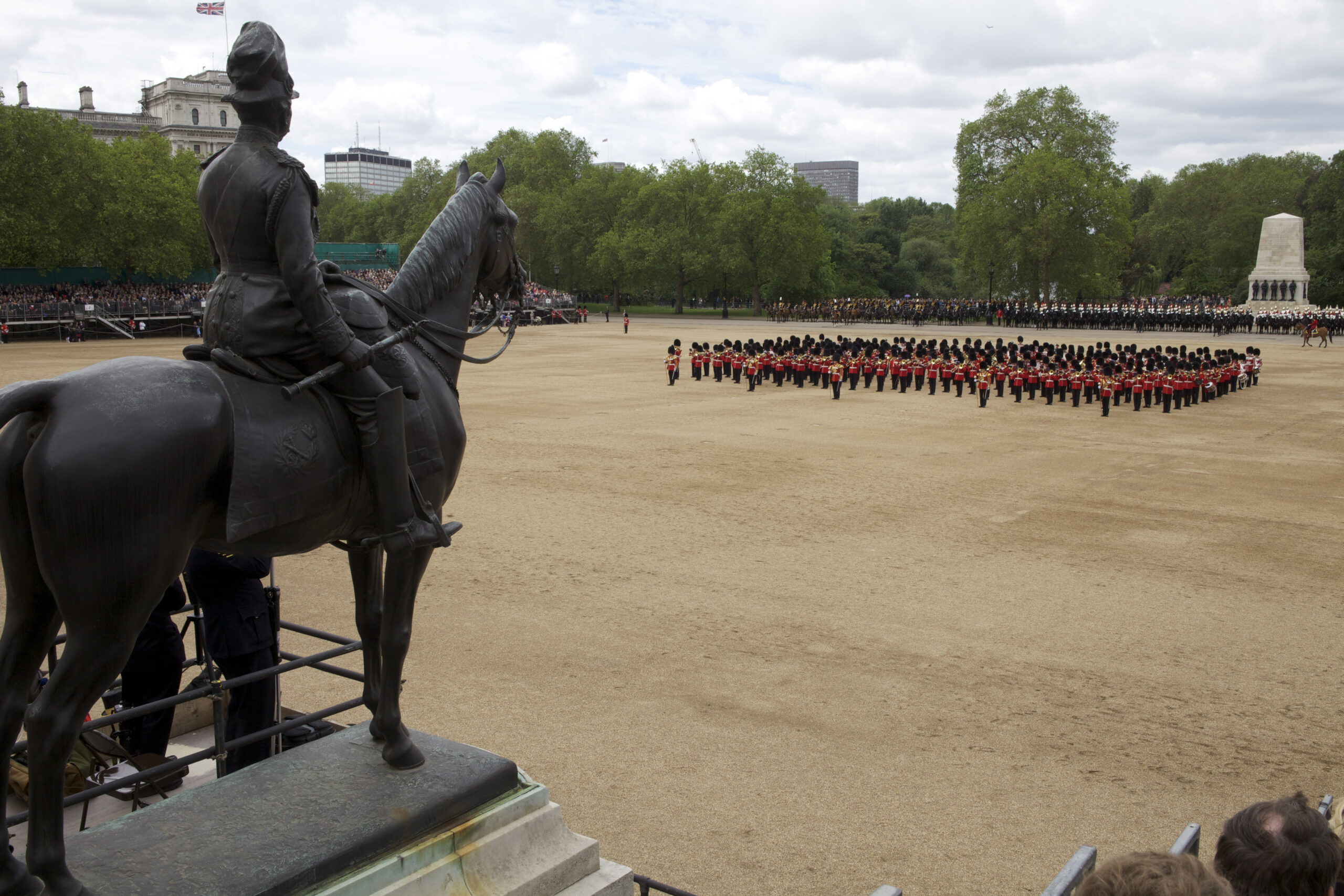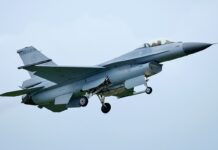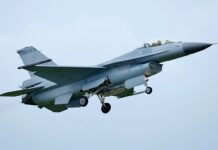Despite concerns over the potential for resumed continental warfare prompted by the Russo-Ukraine conflict and Putin’s increasingly bizarre behaviour, and over and above the apprehension over a broader conflict erupting in the Middle East, those who plan and implement Britain’s foreign policy and security strategies currently spend much of their time looking much further East of Suez. Not to put too fine a point on it – and with more than a passing nod to the influence of the soi-disant special relationship with Washington – Whitehall’s primary cause of dyspepsia, increasingly, is the People’s Republic of China.

Those digestive rumblings are caused, in the main, by an inability to fathom China’s strategies or to determine its objectives with any accuracy. Coupled with London’s need to find and cement a more visible role in the post-Brexit geopolitical world – hence a ‘mini-pivot’ towards the Asia-Pacific and Indian Ocean regions – this leads to a heightened sense of concern that there appears to be an inexorable descent towards armed conflict at an indeterminate but gradually approaching point.
China does little to defuse such concerns: indeed, some believe it actively fosters them in order to fuel instability, insecurity and dissent among its potential adversaries. Beijing has watched, with interest and, one presumes, considerable amusement, the posturing of Western governments vis-à-vis the Ukraine conflict, noting that robust statements of support tend to evaporate over time and that only a select few nations steadfastly maintain a flow of materiel and pragmatic aid: others tend increasingly to limit themselves to rhetoric. Yet it has telegraphed little of its real intent, which is what drives professional China-watchers to the brink of desperation when it comes to substantive analysis.
US Defense Secretary Lloyd Austin describes China as America’s ‘pacing threat,’ meaning it is the only nation that can credibly challenge the United States economically, technologically, politically and militarily. Those assumptions bear careful examination. For example, the continuing journey towards a true ‘blue water’ Chinese navy, while impressive, has been marred by indications of systemic failure and hiccups in capability or technology insertion. In the past forty years, according to US analysts, the People’s Liberation Army (PLA) – the armed force of the Republic – has been decreased at least three times. The most recent reduction, in 2018, brought the total number of troops under arms to two million and significantly reduced China’s militia forces.
Simultaneously, however, strenuous efforts have been made to improve the capabilities of equipment, to retire outdated weapon systems, to improve training and readiness and to prepare the force for modern combat scenarios. Those two million men and women are better armed, better supported and, perhaps, better motivated than they have been for decades. The question in Western minds, of course, is – what will Beijing do with them?
The principal fear among hawks on both sides of the Atlantic is that China intends an invasion of Taiwan. Regular and increasingly large airborne incursions into Taiwanese-claimed airspace, aggressive naval exercises in close proximity to the island republic and unceasing rhetorical sallies against Taipei’s policies are all indicative, so the theory goes, of a real intent to ‘walk the walk’ and ‘make two Chinas one.’ Reality is, perhaps, slightly different. Well-placed academics and journalists around the world, some with decades of observing and living in China and the region, believe Beijing will continue to test the waters, will continue to make ‘noises off’ to test the intent, resolve and will of potential adversaries in the West, and will continue to bring its forces into a state in which it could legitimately contemplate such a conflict. Yet actual combat would not be engaged until Beijing truly believes it can win the conflict in a reasonable timescale and at a containable, acceptable cost. That time is not yet.
Meanwhile, Britain continues to struggle to find the middle road in asserting freedom of navigation, continues to highlight China’s internal issues on the global stage (much to Beijing’s chagrin) and continues to support laudable regional initiatives such as AUKUS, in which it is pivotal. One thing that Britain’s policy planners will need constantly to remind themselves of, however, is that the Chinese leadership think, plan and act in a timeframe vastly more extended than that which Western polities have become accustomed to. Unconcerned with the exigencies and uncertainties of the next electoral cycle – these planning timescales can often literally span a generation or more.
Complacency is unwarranted. So, too, is panic. Constructive engagement continues to be the sensible route forward, if not the only viable one.
Tim Mahon












